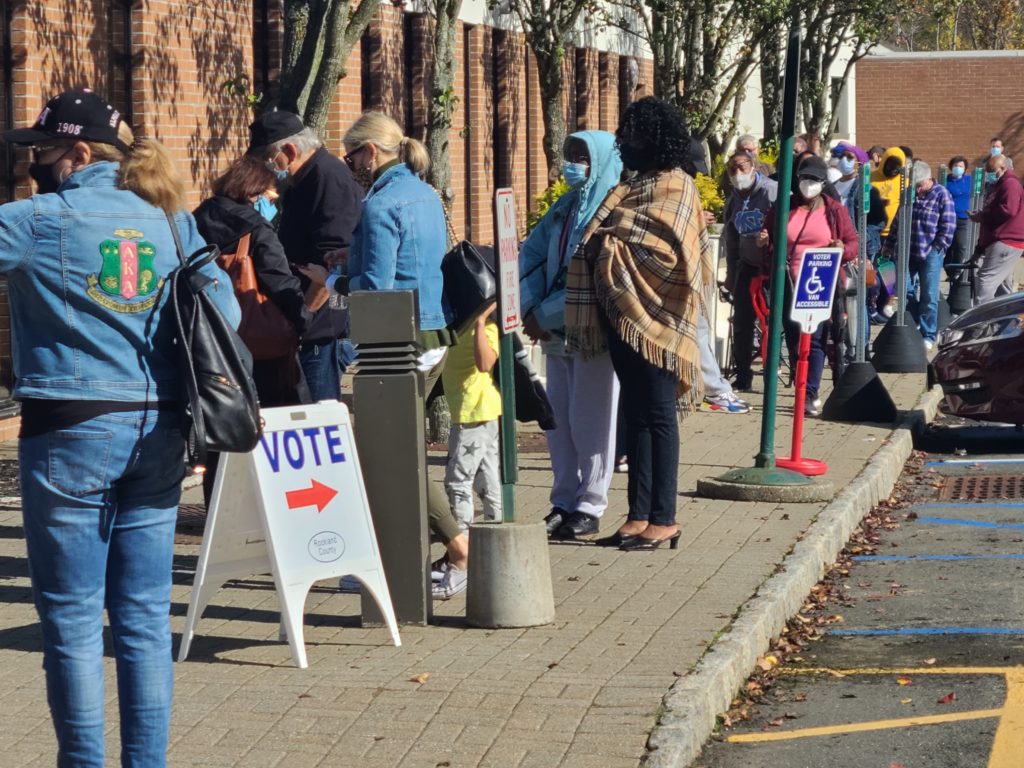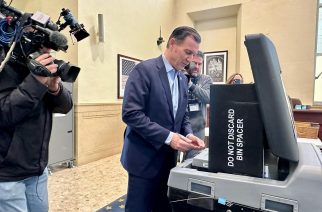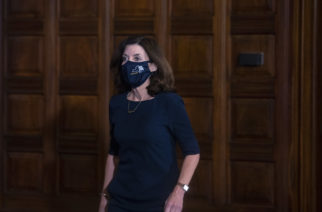
A coalition of good-government groups is applauding the Senate and Assembly for including $114.5 million for the New York State Public Campaign Finance Program in their one-house budget bills, matching the governor’s budget allocation.
The funds would cover $14.5 million in administrative costs and $100 million for public matching funds for qualified candidates. Only individual small donations qualify for matching and there’s a maximum for how much they can claim.
The Fair Elections for NY coalition issued a statement in response. “New York state is now poised to become the largest state in the country to have public campaign financing in place for a state election cycle,” the statement reads. “This program is nothing short of transformational. It will bring more everyday New Yorkers into the political process, both as donors and candidates.”
“It will counter the toxic influence of big money on our elections and government. And it will serve as a shining example for the nation. More than 300 candidates are registered with the Public Campaign Finance Board for the 2024 election, including incumbents and challengers, Democrats and Republicans from across the state. We eagerly await the passage and signage of the full state budget.”
The Executive and Assembly budgets each propose $114.5 million for the campaign matching funds and the Senate budget proposes $194.5 million for the program, which already has 300 candidates signed up.
“The Public Campaign Finance Program promises to make everyday donors a far more important part of the political process,” said Joanna Zdanys, senior counsel-manager at the Brennan Center for Justice during testimony before the Legislature last month. “In the 2022 state elections, small donors were responsible for only 11 percent of giving to state legislative campaigns. Our data analyses show that if the program had been available that cycle, it could have increased small donor’s fundraising share six-fold, from 11 percent to 67 percent.”









